AARP Hearing Center

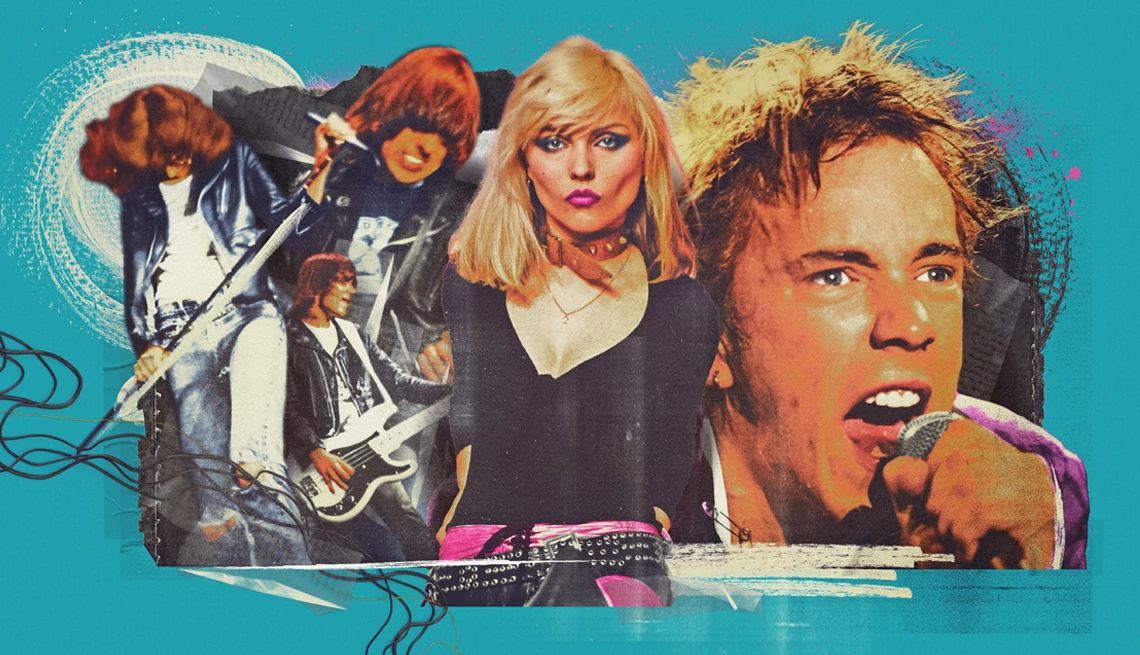
There is no official start date for punk rock. No congress of spiky-haired musicians, adorned with safety pins, met to declare a revolution. But a strong, sneering case can be made that this form of rock — borrowing heavily from the genre’s roots while injecting it with rocket fuel — started 50 years ago in, of all places, a country music bar.
The now-legendary CBGB — which stood for “country, bluegrass, blues” — opened in Manhattan’s seedy Bowery neighborhood in 1973. But by ’74, the stage of this struggling club had opened up to rock acts and was soon populated by brash young musicians who sought an outlet for their rebellious music. The Ramones, considered the godfathers of punk, played their first CBGB gig in August of that year.
The Ramones rejected the popular trends of the time. There were no elaborate costumes or pyrotechnics and no complex orchestration or endless guitar solos. These Long Island boys wore black leather jackets, jeans and Converse Chuck Taylors. They played loud, short and very catchy songs centered on vocal melody and buzz-saw guitar chords. Expert musicianship was not the point. Punk was about raw energy, passion, attitude.
Others who emerged from that CBGB scene included Blondie, Talking Heads, Patti Smith Group, Television, and Richard Hell and the Voidoids. Punk soon spread to the U.K., as bands like the Sex Pistols, the Clash and the Damned shocked and stimulated the queen’s subjects.
“Pink Floyd and all that didn’t really speak to me,” recalls Paul Simonon, bassist for the Clash. “Led Zeppelin meant nothing to me. We started making our own music with the Clash because we needed some music that spoke for us. There was nothing out there.”
A second, more underground wave of punk hit in the 1980s, with bands that put out their own records and worked to develop their own followings. Groups such as Black Flag, the Misfits, Bad Brains, Minor Threat, Naked Raygun and Hüsker Dü influenced the alternative rock boom of the ’90s.
For John Doe, singer and bassist of Los Angeles punk band X, punk meant freedom. “Punk rock is as old as history — people that are contrarians, people that want to break away,” he says. “A lot of classic rock and even today’s pop music is just so general to appeal to the greatest audience. Punk rock didn’t have any interest in that.”
But while a typical punk rock song might come and go in two and a half minutes, the impact of the form has lasted a half-century. Punk’s influence continues to be heard in popular music today, and its attitude and aesthetic have spread beyond a grimy barroom stage.
Here’s a look at punk’s lasting impact throughout culture. Hey, ho, let’s go!

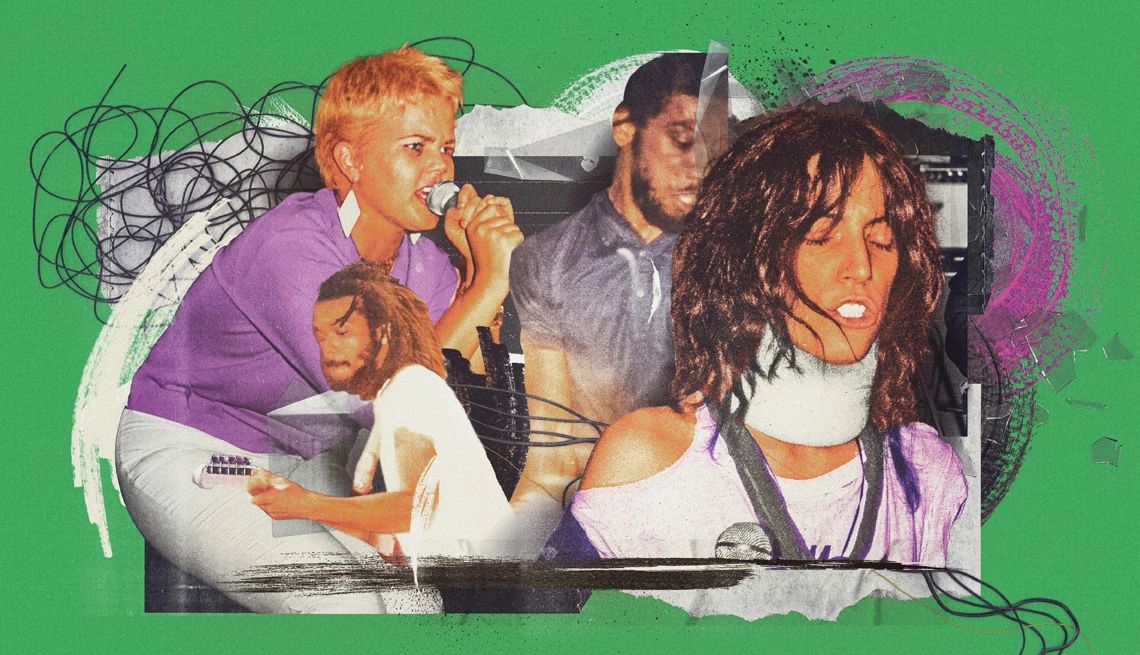
How punk changed music
The punk movement was a rejection of the heavily produced rock of the 1970s and an effort to return to the youthful exuberance that sparked the rock ’n’ roll revolution 20 years earlier. The Clash drew inspiration from rockabilly and ska. The Ramones loved early ’60s pop by the Beach Boys and girl groups. The Sex Pistols cribbed from Chuck Berry and wore their disdain for modern music on their sleeves, almost literally. Singer Johnny Rotten famously donned a T-shirt that read: “I hate Pink Floyd.”
Sensing punk might become the next big thing, major labels signed the early acts, although their records failed to attract the masses in the U.S. (The U.K. was a different story, as Sex Pistols releases topped the charts.) But punk captured the ears of American music critics, a certain segment of young people and even radio stars like Bruce Springsteen, who wrote “Because the Night” for Patti Smith Group and “Hungry Heart” for the Ramones. (Smith made “Night” a top 20 hit, while “Hungry Heart” became the Boss’ first top 10 hit after the Ramones failed to record it.)





























































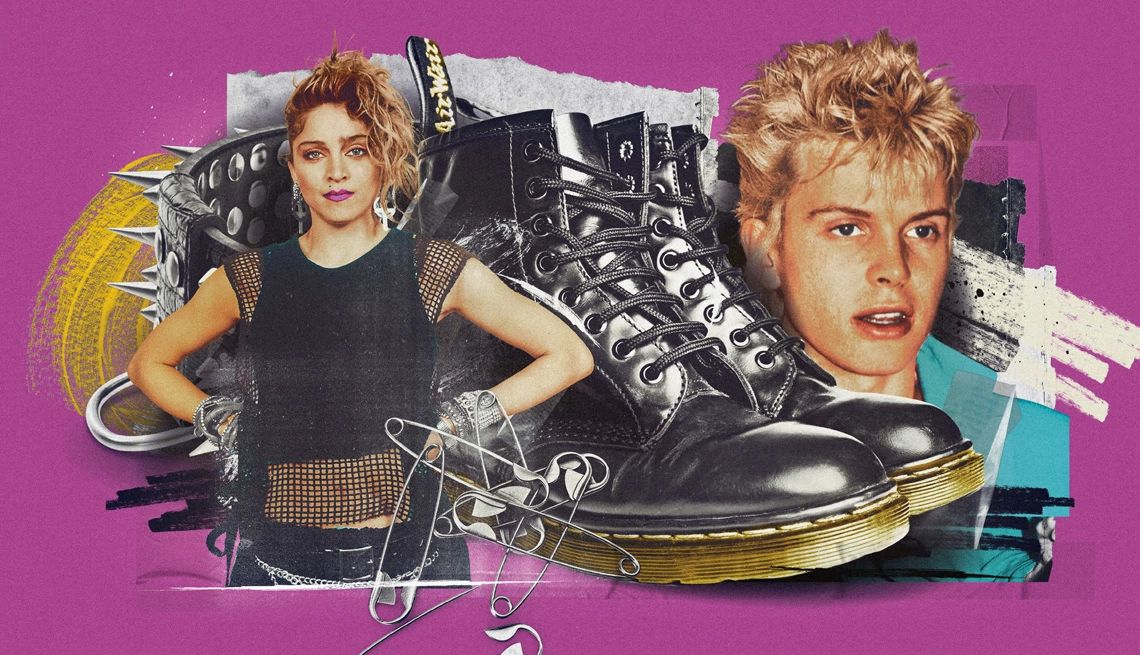
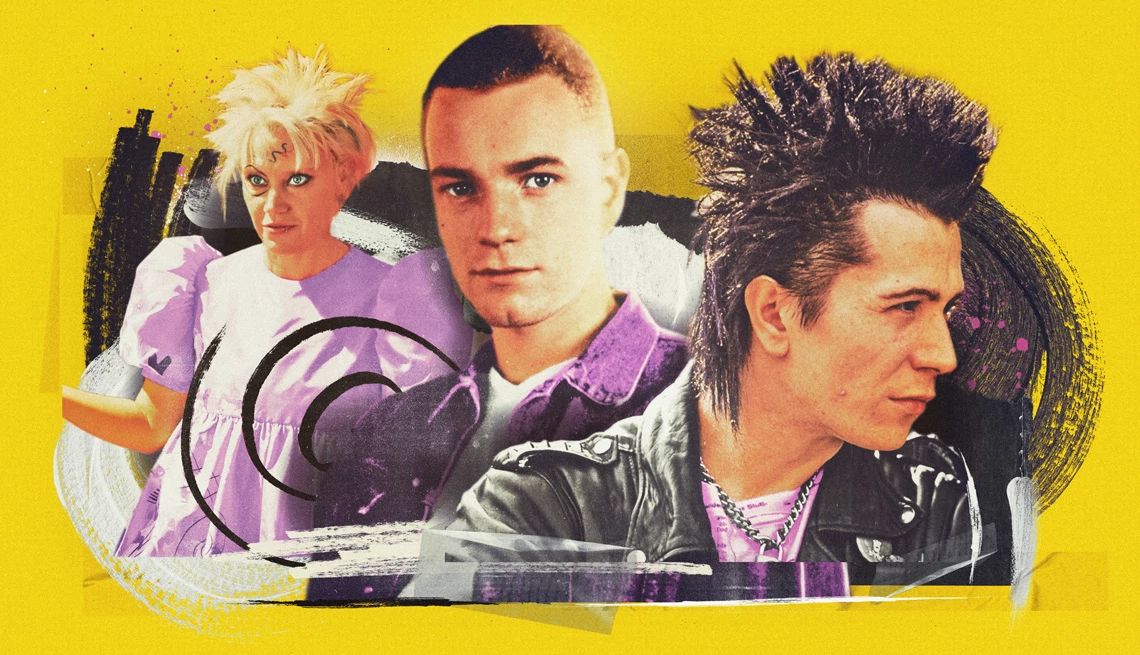

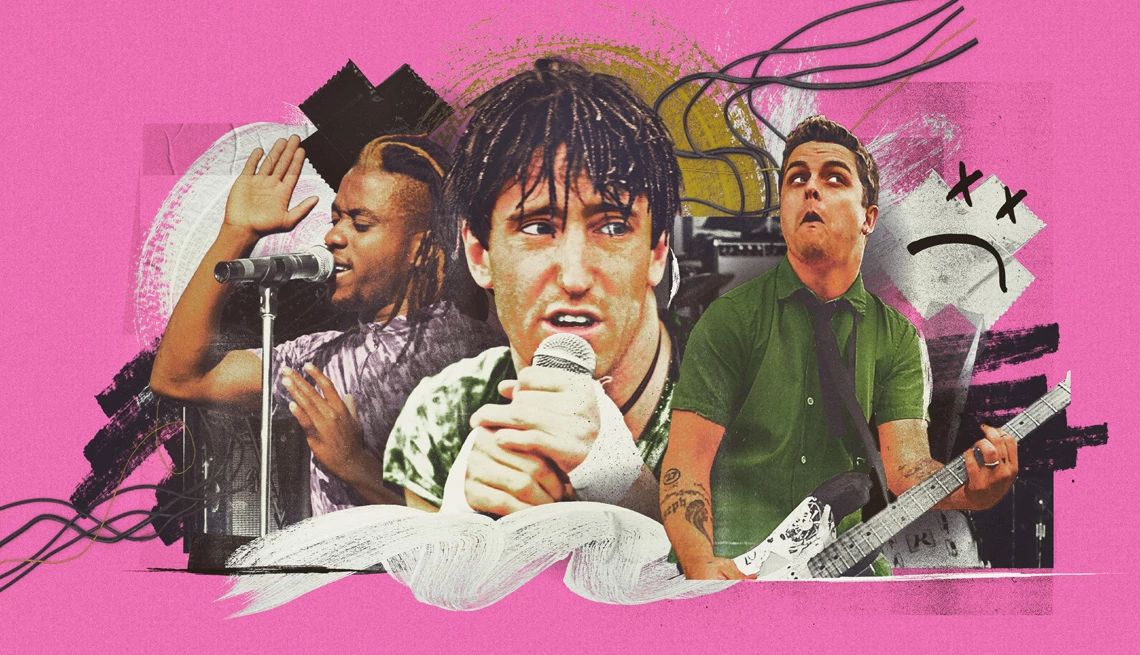


You Might Also Like
Growing Up (and Growing Old) With Grunge
AARP’s entertainment editor looks back on the glorious early days of Gen X’s music scene
Take Our Totally Tubular ’80s Music Quiz
Test how well you remember the decade’s most bodacious beats
Two Generations Take in Lollapalooza Together
Emotions emerge when I bring my son to the music fest I attended in 1992
Recommended for You